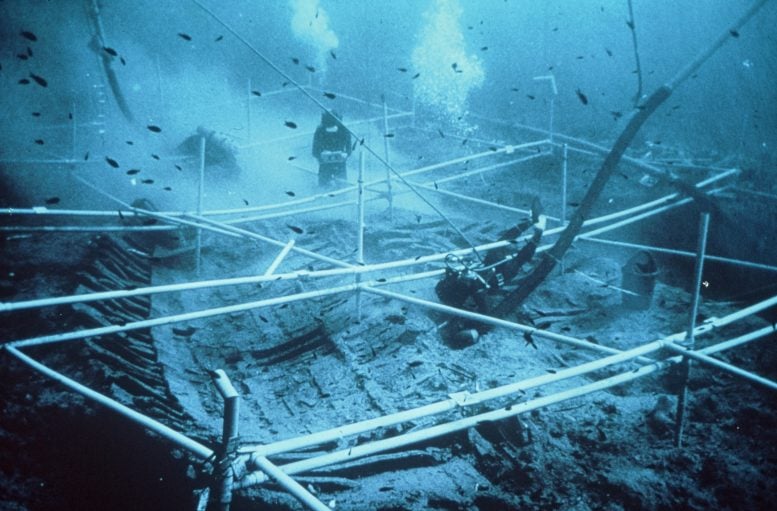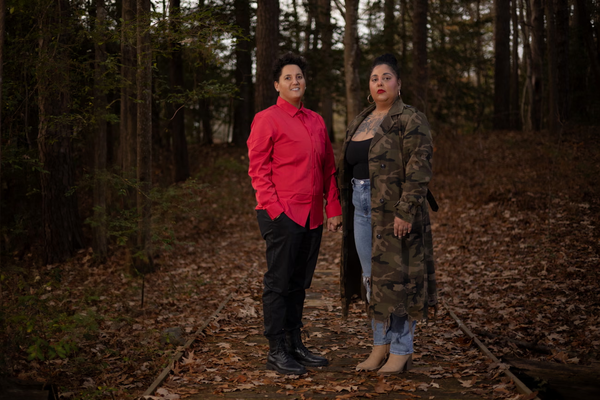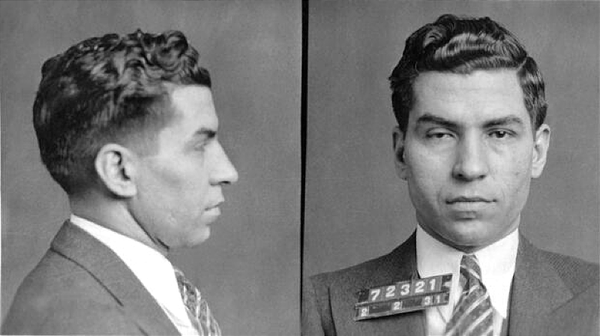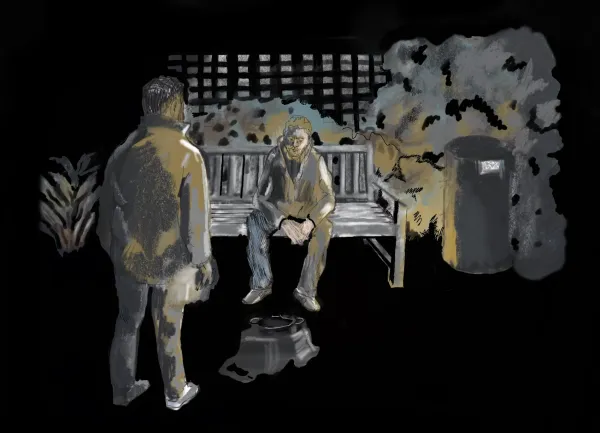Harvard Medical School and the trade in human body parts

From WBUR: "hat’s most shocking about Jeremy Pauley isn’t his tattooed eyeball or the metal spikes protruding from his scalp. It’s his openness about trading in human remains. Standing in the doorway of his rural Pennsylvania home, dressed all in black, he greets an unannounced reporter with patience. Pauley makes his living in what’s called the “oddities” market, buying and selling human remains and even binding books in human skin. It’s all legal — provided the remains aren’t stolen. “It’s a niche field,” he says of his work, like “a collector or a preservation artist.” He won’t say much more, because of the sprawling criminal investigation in which he’s a prominent figure. It was Pauley's arrest that pointed investigators to a nationwide network of stolen human remains trafficking and led them to Harvard Medical School. There, a lone morgue manager allegedly plundered parts from bodies donated for science, and sold them online for profit."
How coffee helped the Union caffeinate their way to victory in the Civil War
:focal(897x760:898x761)/https://tf-cmsv2-smithsonianmag-media.s3.amazonaws.com/filer_public/c4/a2/c4a27834-0cf0-4f9b-821b-28314beed28d/julaug2024_c02_prologue.jpg)
From the Smithsonian: "Ten months into the Civil War, the Union was short on a crucial supply, the absence of which threatened to sap the fighting strength of the Northern army: coffee. This critical source of energy and morale was considered almost as vital as gunpowder; Union General Benjamin Butler ordered his soldiers to carry coffee with them always, saying it guaranteed success: “If your men get their coffee early in the morning, you can hold” your position. But by 1862, imports of coffee were down by 40 percent since the start of the war. The Union blockade of Southern ports, including New Orleans, had slowed coffee imports from Brazil to a trickle—and Union merchants and military contractors were able to reroute only a portion of that Brazilian coffee northward; even with Union port cities trying to pick up the slack, the U.S. imported 50 percent less by value from Brazil in 1863 than it did in 1860. A new source was badly needed."
In Glacier, Alaska they shoot cars off a cliff on July 4th instead of fireworks

From Now I Know: "Palmer is located about an hour’s drive from Glacier View, Alaska, a community of about 350 people on most days of the year. But on the Fourth of July, Glacier View gets a lot of visitors. That’s because its Independence Day celebration is unique: while many municipalities launch fireworks in the air while the crowd gathers on the beach below to watch, that won’t work in Alaska — the sun doesn’t go down until almost midnight in July, and that’s too late for most families to enjoy such a spectacle. So, Glacier View eschews the flame and sparklers for metal and rubberized tires. They fire cars into the skies. The Glacier View Fourth of July Car Launch began in 2005, according to co-founder Arnie Hrncir, and it started in a way that can only happen in Alaska. In 2003, his wife hit a moose in their Volvo, and eventually, he got tired of working on the car. What to do with a totaled Volvo? Run it off a cliff. Obviously.”
(Editor's note: If you like this newsletter, please share it with someone else. And if you really like it, perhaps you could subscribe, or contribute something via my Patreon. Thanks for being a reader!)
Half a century before women could vote, Josephine Butler took on the patriarchy

From the Guardian: "What went through the mind of Josephine Butler in 1869 as she decided to throw herself into a stormy national debate? When she agreed to lead efforts to repeal the Contagious Diseases Acts – CD Acts for short – she was in her early 40s, had lost her only beloved daughter in a tragic accident and was already involved in what was known as “rescue work”; she had employed a woman freed from Newgate prison after serving a sentence for infanticide. In her memoir, Personal Reminiscences of a Great Crusade, Butler described her deliberations as filled with angst. She and her husband, a headteacher in Liverpool, knew it would harm his career. But neither was in doubt that the acts had to be fought. They gave the police the power to carry out compulsory genital examinations of women they believed to be prostitutes – but not their male customers. If the women refused to be checked, they were sentenced to jail with hard labour. If found to have a venereal disease, they were detained in a “lock hospital”.
A medieval Indian empire was the first to use metal rockets in warfare

From The Weekly Anthropocene: "By the late 1700s gunpowder and fireworks had been around for centuries, and single-shot muzzleloader muskets and cannons were now the common equipment of war, but Mysorean engineers were the first to create iron-shelled war rockets, effectively directing the trajectory of a gunpowder explosion by trapping it in an aerodynamic casing of hammered iron. These early visions couldn’t be aimed that well, but it turned out that if you launched enough of them in broadly the right direction it didn’t matter. The military applications were immense, and a fearsome corps of Mysorean rocketeers, bearing iron rockets launched from bamboo sticks, would bedevil the British throughout the 1780s and 1790s, with Mysore retaining independence and domestic rocket-manufacturing capabilities while being courted as a key ally by the French."
A surprise discovery reveals the secrets of an ancient Greek shipwreck

From SciTech Daily: "Historic shipwrecks often evoke dreams of sunken riches waiting on the bottom of the ocean to be reclaimed. For the Cornell researchers trying to date the famous Hellenistic-era Kyrenia shipwreck, which was discovered and recovered off the north coast of Cyprus in the 1960s, the real treasure was not gold coins, but thousands of almonds found in jars among the cargo. The almonds, combined with newly cleaned wood samples and the team’s modeling and radiocarbon-dating expertise, led the Cornell Tree-Ring Laboratory to identify the likeliest timeline of the Kyrenia’s sinking as between 296-271 BCE, with a strong probability it occurred between 286-272 BCE. The Kyrenia has a storied legacy as the first major Greek Hellenistic-period ship to be found, in 1965, with a largely intact hull. From 1967-69, it was excavated along with its cargo, which included hundreds of ceramic vessels, then reassembled offsite.
Here's what they thought the future would be like in 1987
This is what they thought 2024 would be like in 1987 pic.twitter.com/arkXimFo9F
— Historic Vids (@historyinmemes) June 27, 2024
Acknowledgements: I find a lot of these links myself, but I also get some from other newsletters that I rely on as "serendipity engines," such as The Morning News from Rosecrans Baldwin and Andrew Womack, Jodi Ettenberg's Curious About Everything, Dan Lewis's Now I Know, Robert Cottrell and Caroline Crampton's The Browser, Clive Thompson's Linkfest, Noah Brier and Colin Nagy's Why Is This Interesting, Maria Popova's The Marginalian, Sheehan Quirke AKA The Cultural Tutor, the Smithsonian magazine, and JSTOR Daily. If you come across something interesting that you think should be included here, please feel free to email me at mathew @ mathewingram dot com



